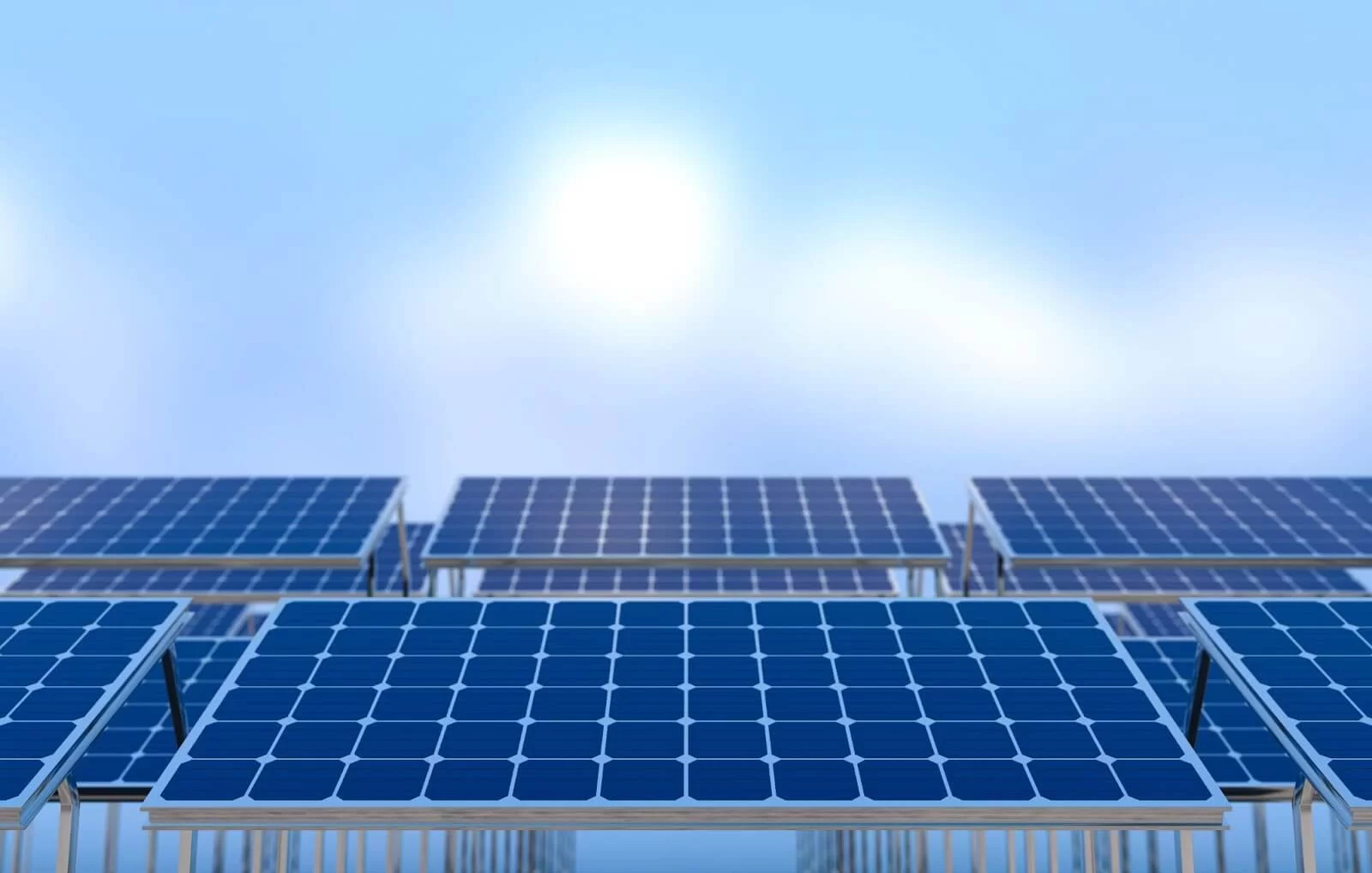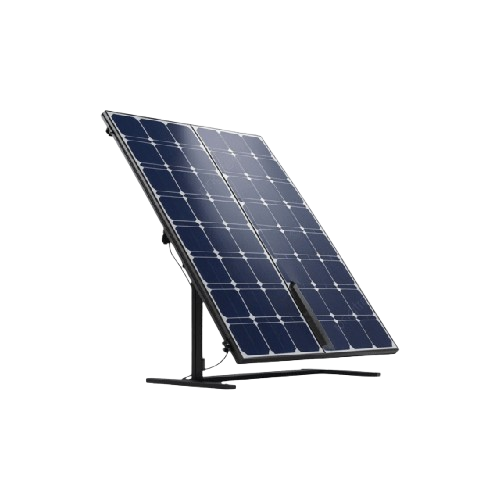If you’ve recently stepped into the world of solar energy, chances are you’ve come across a flood of acronyms that sound more like alphabet soup than everyday language. Don’t worry—you’re not alone! In this blog, we’ll decode some of the most common terms you’ll hear in solar energy and renewable investments so you can confidently join the conversation.
If you’ve recently stepped into the world of solar energy, chances are you’ve come across a flood of acronyms that sound more like alphabet soup than everyday language. Don’t worry—you’re not alone! In this blog, we’ll decode some of the most common terms you’ll hear in solar energy and renewable investments so you can confidently join the conversation.

“PV” stands for photovoltaic, the technology that converts sunlight into electricity.
When someone says “PV system,” they’re simply talking about solar panels and the equipment that generates solar power.
A PPA is a long-term contract where a business or consumer agrees to purchase electricity directly from a solar provider at a fixed rate.
Think of it like a subscription plan—but instead of Netflix, you’re subscribing to solar power.
ROI is a financial term that measures how much money you gain from your solar investment compared to what you spent.
Formula:
For example, if you invest ₹1,00,000 in a solar setup and save ₹20,000 annually on electricity bills, your ROI is 20% per year. Pretty powerful, right?
This one is crucial. A kWh (kilowatt-hour) is a measure of energy usage.
Examples:
When solar installers talk about system size and savings, they often calculate how many kWh your panels can generate.

The solar industry may love its acronyms, but once you understand them, they’re not so intimidating. From PV panels on your roof to calculating your ROI in kWh savings, each term helps you see the bigger picture: clean energy that saves money and powers a sustainable future.